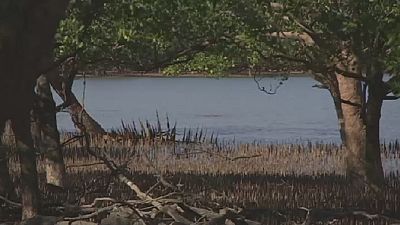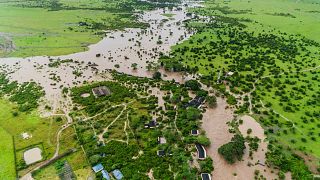Australia
Swampy, muddy and full of mosquitoes. Mangroves offer an environment not entirely pleasurable for many. But for a mangrove researcher at Charles Darwin University, it is worth a visit.
For Madeline Goddard, ecosystems such as the one in northern Australia are essential to the survival of the planet.
“I think historically, they’ve had a rough patch, but I think the more we learn about them, the more we discover their importance and how many ecosystem services they provide’‘, Goddard said.
In addition to providing habitat for marine life, mangrove forests are a reservoir of carbon.
“So they absorb all this sunlight, convert it into energy, grow the leaves and, yes, the carbon stays in the system. He falls off the tree, falls to the ground, buries himself, and the carbon stays in the mud”, she added.
As the global climate warms, and polar ice caps melt, the “sea bed” is expected to rise around the world. Thus encompass many tropical mangroves by the end of the century, if they do not adapt.
Expert say the solution lies in protect the surrounding land so that mangrove forests can extend inland.
“What is really crucial is that they can also move inland, because sea level rise increases the time of flooding, so the area behind the mangroves is a place where they can settle’‘. Goddard said.
This could only solve the tip of the iceberg, as many coastal environments remain threatened by global climate change.
AP














01:14
Danish Queen Mary makes official visit to Kenya
Go to video
Australia runs training exercise for infectious disease response
02:20
Plastic bottles and food wrappers hit the runway in Lagos “trashion” show
02:14
The Nubian women reviving traditional agriculture in Nairobi's largest slum
00:59
Eight rugby nations announce international bans for players in rebel R360 series
01:02
Zambian farmers sue Chinese mining company over toxic spill